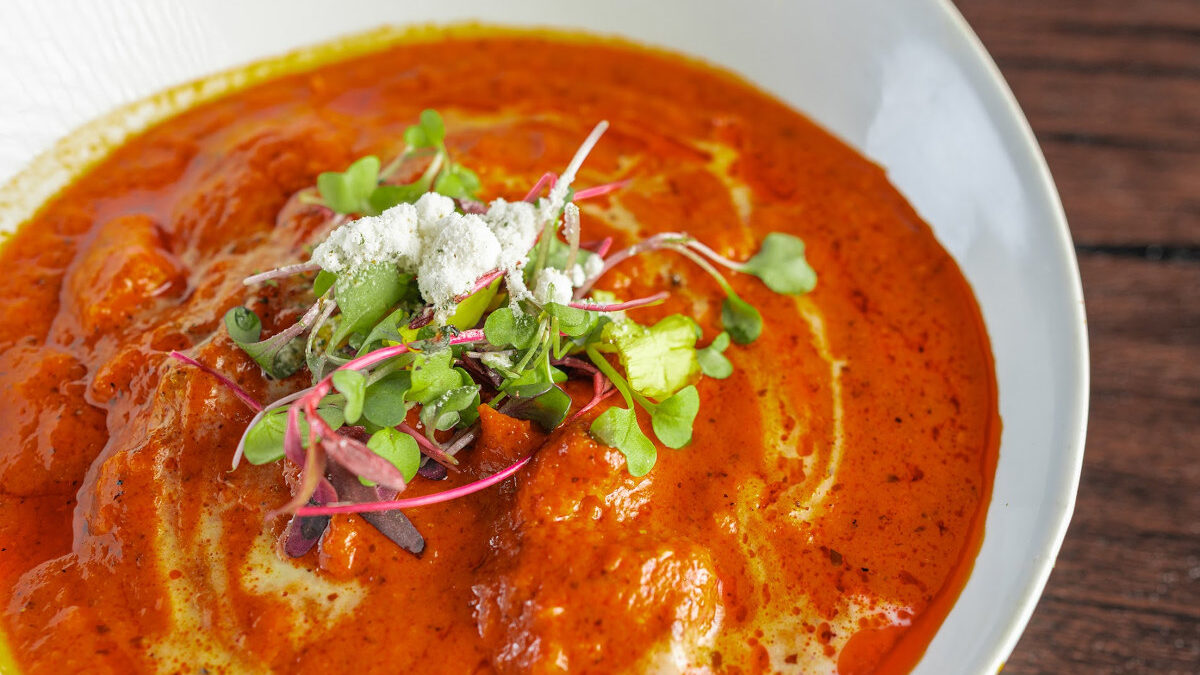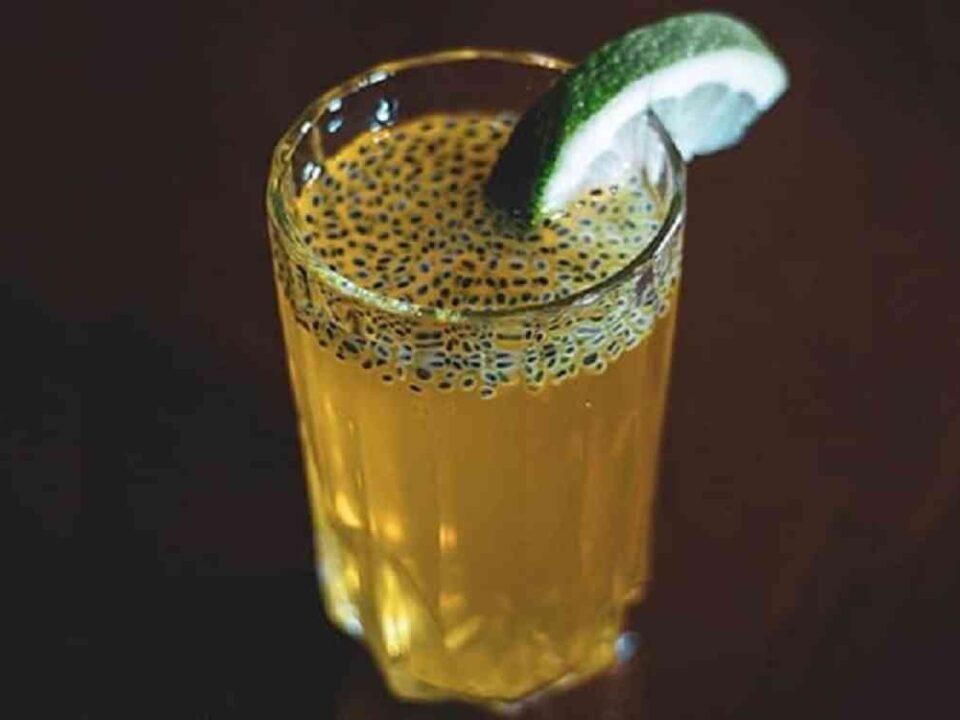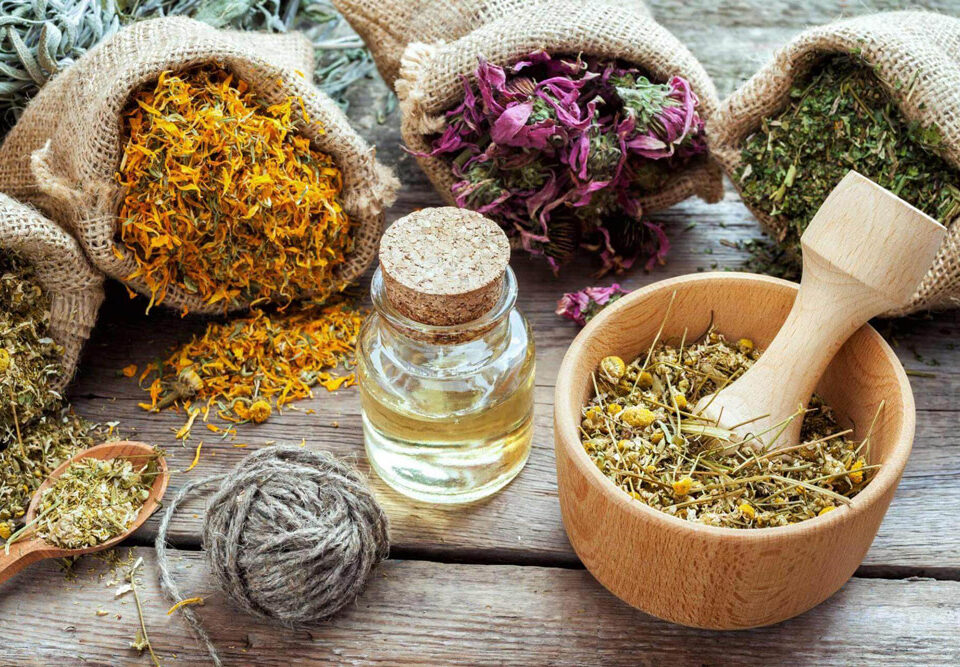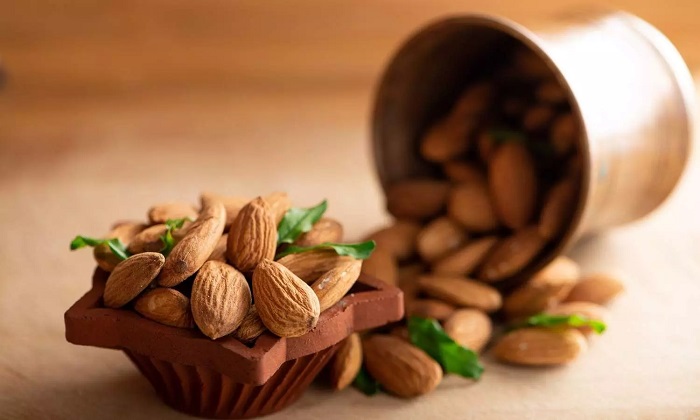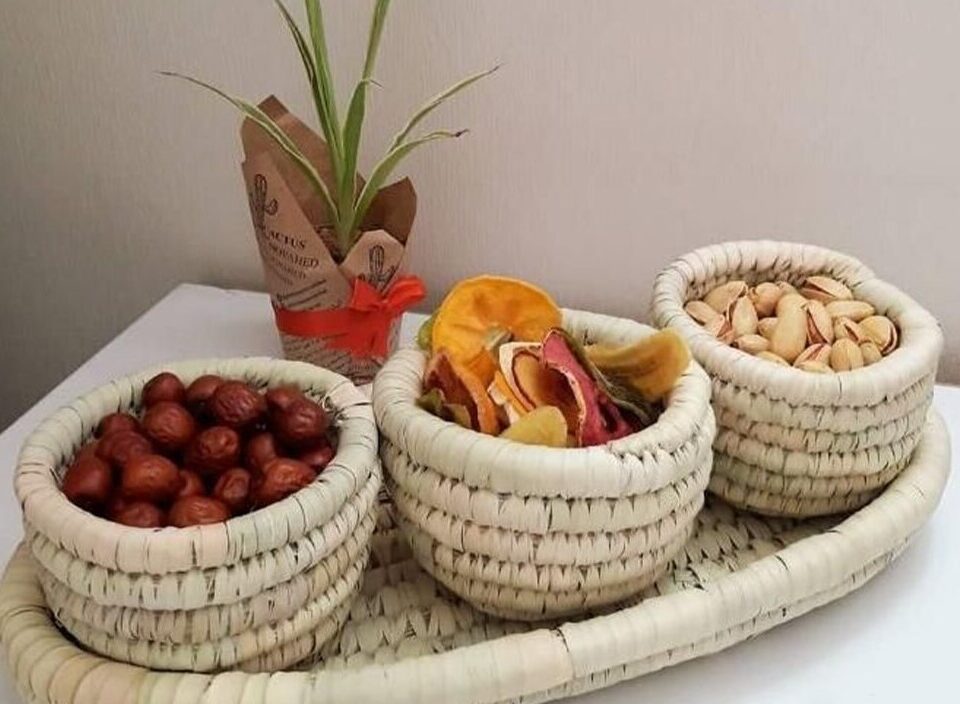
The Best Iranian Dried Fruits for a Healthy Breakfast
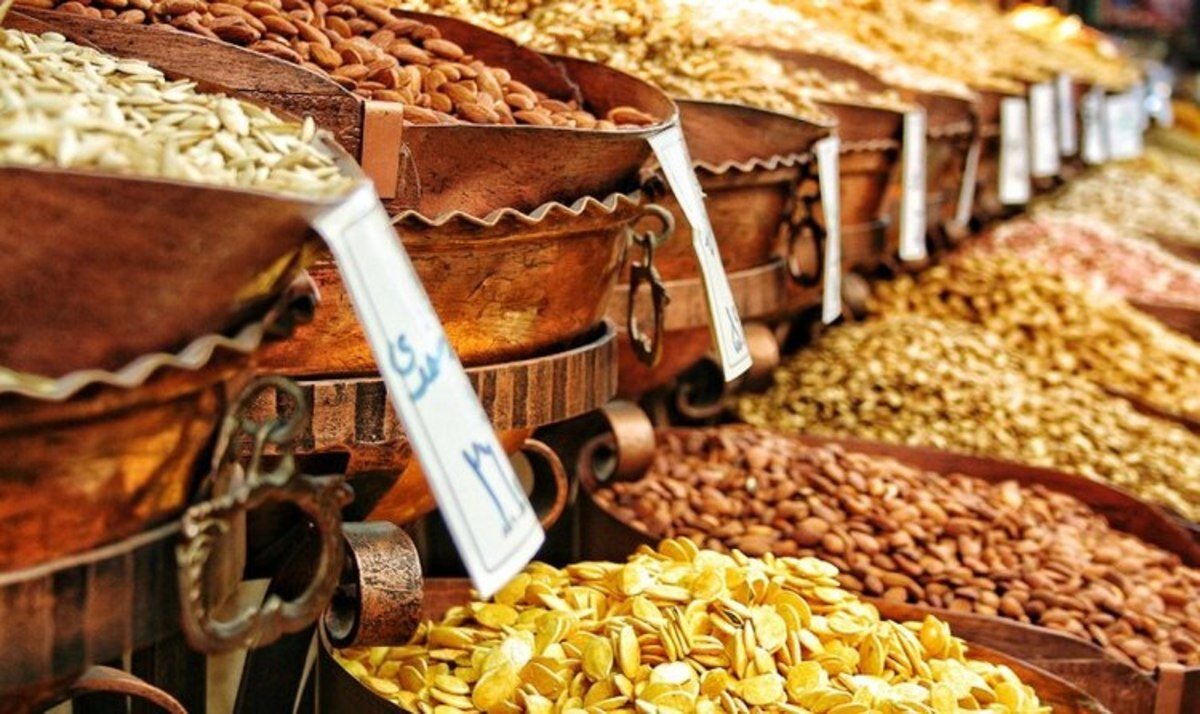
The Perfect Iranian Nut Mix for an Energy Boost
How Iranian Spices are Used in Different International Dishes
Iranian spices are known for their rich aromas, bold flavors, and vibrant colors. These spices have traveled the world via trade routes like the Silk Road, influencing culinary traditions far beyond Iran’s borders. Many Iranian spices, such as saffron, cumin, sumac, and turmeric, are now staples in global cuisines. Here’s a look at some of the most notable Iranian spices and how they are used in different international dishes.
1. Saffron (Zafaran)
Saffron, the most valuable spice in the world, originates from Iran, which is still the largest producer globally. It is prized for its golden color, distinct floral aroma, and subtle bitter-sweet flavor.
Iranian Uses:
- Chelo (Steamed Saffron Rice): Saffron-infused rice is a centerpiece of Persian meals, served alongside kebabs and stews.
- Sholeh Zard: A traditional Persian saffron rice pudding made with rice, sugar, and rosewater.
Global Uses:
- Spanish Paella: Saffron is a key ingredient in Spain’s iconic paella dish, giving it a bright yellow color and earthy flavor.
- Italian Risotto alla Milanese: Saffron is used in this creamy rice dish to provide its characteristic yellow hue and rich, aromatic flavor.
- Indian Biryani: Saffron is used to flavor and color biryani, a fragrant rice dish popular across the Indian subcontinent.
Why Saffron is Popular Globally:
Saffron’s versatility, ability to impart both color and flavor, and its luxurious reputation make it an essential ingredient in many traditional dishes across Europe, the Middle East, and South Asia.
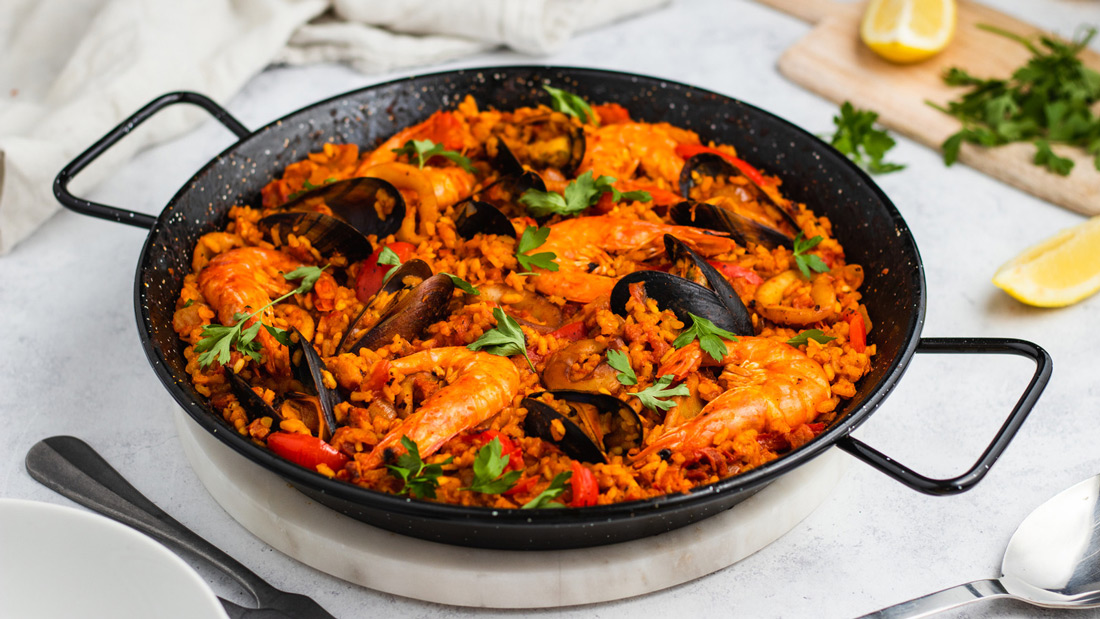
Spanish Paella
2. Cumin (Zireh)
Cumin is one of the most widely used spices in the world and holds a prominent place in Iranian cooking. It has a warm, earthy flavor with a hint of bitterness and sweetness, making it a staple in both savory and spiced dishes.
Iranian Uses:
- Kebabs: Ground cumin is often used in the marinade for Persian kebabs, particularly Kabab Koobideh.
- Khoresht Gheimeh: A popular Persian stew made with split peas, meat, and tomatoes, seasoned with cumin and other spices.
Global Uses:
- Indian Curry: Cumin is a cornerstone spice in many Indian curries, where it is often toasted to bring out its rich flavor.
- Mexican Tacos: Cumin is a key ingredient in taco seasoning, lending a warm, smoky flavor to meat and beans.
- Moroccan Tagine: Cumin is frequently used in Moroccan tagines, slow-cooked stews made with meat, vegetables, and dried fruits.
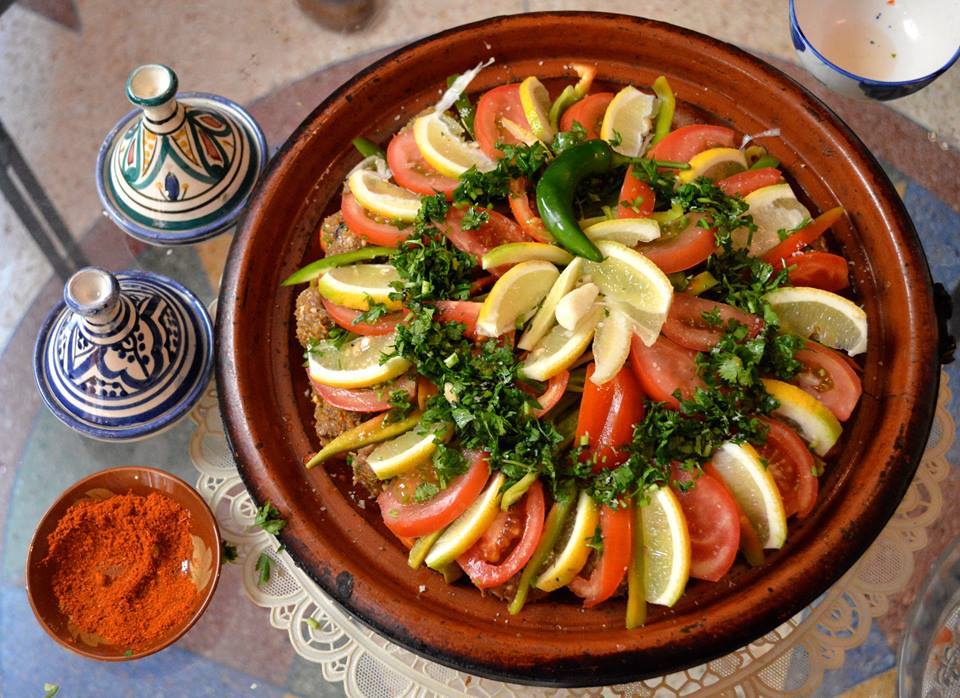
Moroccan Tagine
Why Cumin is Popular Globally:
Cumin’s deep, earthy taste pairs well with a wide variety of ingredients, making it a global favorite in many spice blends, from garam masala in India to ras el hanout in North Africa.
3. Sumac (Somagh)
Sumac is a unique Iranian spice made from dried, ground sumac berries. It has a tangy, lemon-like flavor and a beautiful reddish-purple color, commonly used to add brightness to dishes.
Iranian Uses:
- Kebabs and Grilled Meats: Sumac is traditionally sprinkled over kebabs and other grilled meats to add a fresh, tangy flavor.
- Salad Shirazi: Sumac is often added to Salad Shirazi, a refreshing cucumber and tomato salad, for a burst of acidity.
Global Uses:
- Middle Eastern Fattoush Salad: In Lebanese and Syrian cuisine, sumac is a key ingredient in fattoush, a salad made with fried pita, vegetables, and herbs.
- Turkish Lahmacun: Sumac is used to garnish lahmacun, a thin Turkish flatbread topped with minced meat and spices.
- Mediterranean Roasted Vegetables: Sumac is often used to season roasted vegetables in Mediterranean cuisine, adding a lemony brightness to the dish.
Why Sumac is Popular Globally:
Sumac’s tart, citrusy flavor makes it a popular alternative to lemon or vinegar, especially in salads, marinades, and grilled dishes. Its versatility allows it to enhance both meat-based and vegetarian dishes.
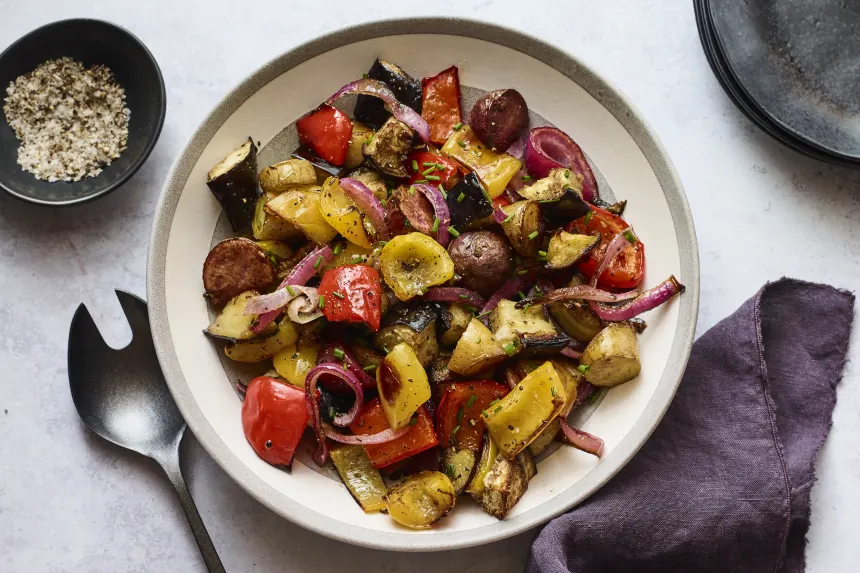
Mediterranean Roasted Vegetables
4. Turmeric (Zardchoobeh)
Turmeric is an ancient spice, long used in Persian cooking for its bright yellow color and earthy flavor. Beyond its culinary uses, turmeric is also known for its health benefits, particularly its anti-inflammatory properties.
Iranian Uses:
- Khoresh Bademjan: This Persian eggplant stew is often flavored with turmeric, giving it a warm, earthy depth of flavor.
- Tahdig: In Iran, turmeric is commonly used to season the crispy rice crust known as tahdig, giving it its golden color and delicious flavor.
Global Uses:
- Indian Curry: Turmeric is a fundamental spice in Indian curries, lending both color and a distinctive flavor.
- Thai Golden Soup: Turmeric is used in Thai soups like Khao Soi, where its earthy flavor complements coconut milk and spices.
- Golden Milk: Popular in wellness circles, this drink combines turmeric with milk and other spices for a health-boosting beverage.
Why Turmeric is Popular Globally:
Turmeric’s bright color, distinct flavor, and well-known health benefits have made it a staple in dishes from India, Southeast Asia, and beyond. It’s now commonly used in everything from spice blends to smoothies and health drinks.

Indian Curry
5. Rosewater and Dried Rose Petals (Gol-e-Sorkh)
Rosewater and dried rose petals are an integral part of Iranian cooking, often used to add a floral aroma and flavor to both sweet and savory dishes. Rosewater is distilled from rose petals, while dried petals are used whole or ground.
Iranian Uses:
- Sholeh Zard: This Persian saffron rice pudding is flavored with rosewater and garnished with dried rose petals for an aromatic finish.
- Faloodeh: A traditional Persian dessert made from thin rice noodles frozen in rosewater syrup.
Global Uses:
- Turkish Delight: In Turkish cuisine, rosewater is a key flavor in Turkish delight, a gelatinous sweet treat.
- Indian Lassi: Rosewater is often added to lassi, a yogurt-based drink popular in India, to give it a refreshing, floral twist.
- French Pastries: Dried rose petals are sometimes used as a garnish or flavoring in French pastries, like macarons and madeleines.
Why Rosewater and Rose Petals are Popular Globally:
The delicate and romantic flavor of rosewater adds a subtle floral note to desserts, beverages, and even savory dishes. Its versatility allows it to be used in both Middle Eastern and Western sweets, as well as innovative modern cuisine.
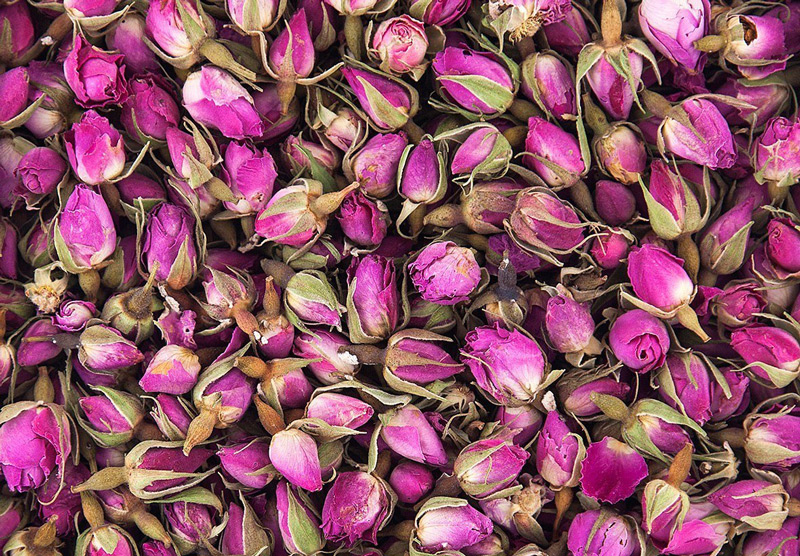
Rosewater and Dried Rose Petals (Gol-e-Sorkh)
6. Fenugreek (Shanbalileh)
Fenugreek is an herb with a slightly bitter taste, often used in Persian stews and herb mixtures. Its seeds and leaves are both used in cooking and offer a distinctive, somewhat nutty flavor.
Iranian Uses:
- Ghormeh Sabzi: Fenugreek leaves are a key ingredient in Ghormeh Sabzi, one of Iran’s most popular stews made with a mix of herbs, beans, and meat.
- Kuku Sabzi: A Persian herb frittata where fenugreek leaves add depth to the mix of parsley, cilantro, and dill.
Global Uses:
- Indian Dal: Fenugreek seeds are commonly used in Indian cooking, particularly in dal dishes, where they add a nutty, bitter flavor.
- Ethiopian Berbere Spice Blend: Fenugreek is one of the essential spices in berbere, a spice mix used to flavor Ethiopian stews and meat dishes.
- Middle Eastern Spice Blends: Fenugreek is often added to regional spice blends like Baharat and Za’atar, lending its unique flavor to meats and rice dishes.
Why Fenugreek is Popular Globally:
Fenugreek’s earthy, bitter flavor provides a great balance to rich dishes, and its versatility has made it a key ingredient in spice blends and dishes across India, the Middle East, and Africa.
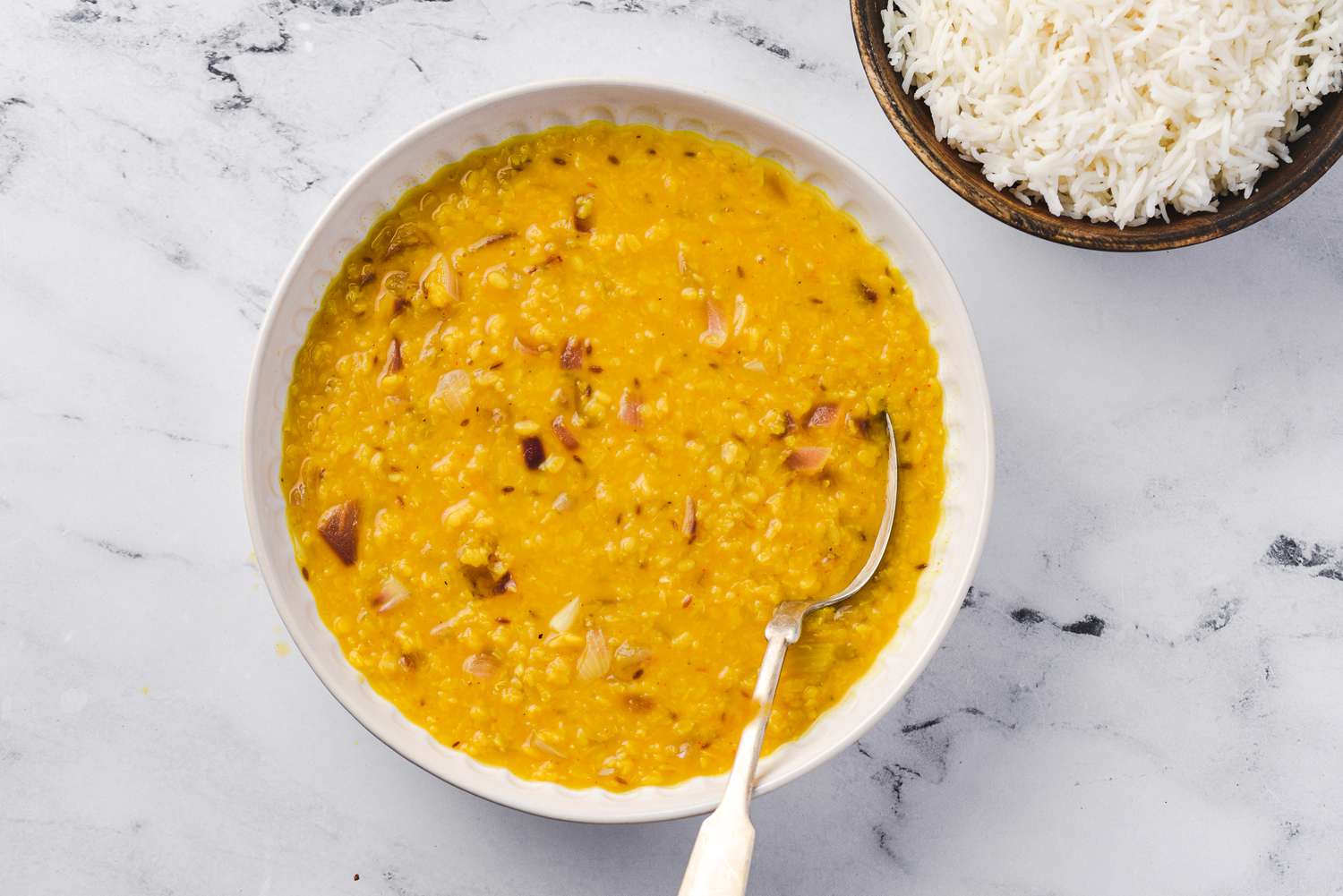
Indian Dal
7. Cardamom (Hel)
Cardamom is a warm, aromatic spice with a complex flavor that combines sweet, spicy, and citrusy notes. It is used in both sweet and savory dishes in Iran and around the world.
Iranian Uses:
- Persian Tea (Chai): Cardamom is often added to Persian black tea for an aromatic, warming flavor.
- Shirini Nokhodchi: A traditional Persian chickpea cookie flavored with cardamom and often served during Persian New Year (Nowruz).
Global Uses:
- Indian Chai: Cardamom is a key ingredient in Masala Chai, a spiced tea from India.
- Swedish Baked Goods: In Sweden, cardamom is used in Kardemummabullar, a spiced cinnamon bun that’s popular in Swedish fika culture.
- Middle Eastern Coffee: In countries like Saudi Arabia and the UAE, cardamom is often added to Arabic coffee for a distinctive, spicy flavor.
Why Cardamom is Popular Globally:
Cardamom’s warm, spicy-sweet flavor makes it a versatile spice for both desserts and savory dishes. Its complex profile is prized in Indian, Middle Eastern, and Nordic cuisines, among others.
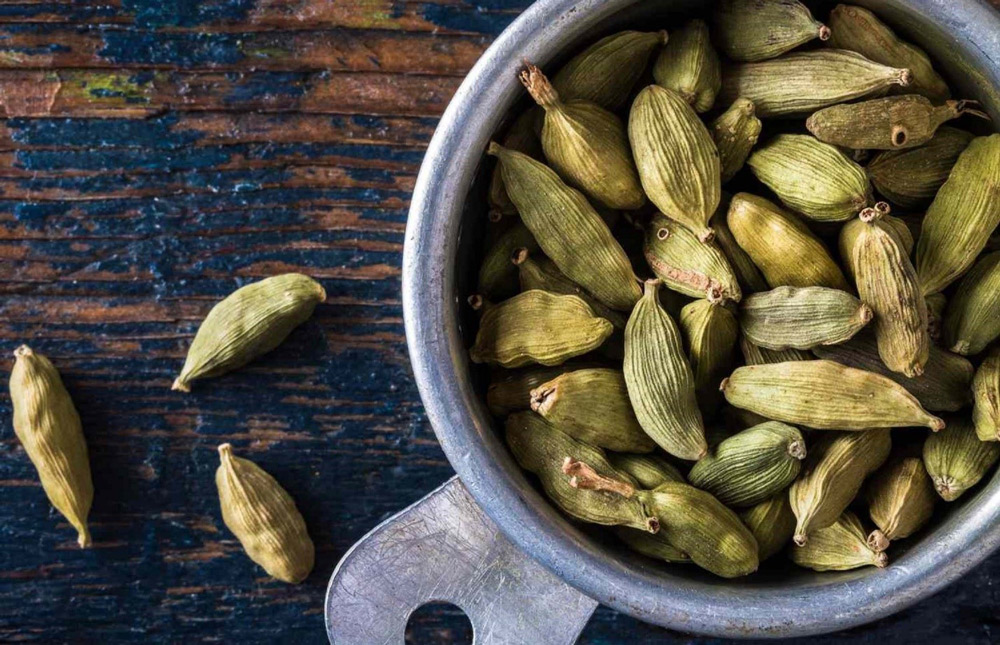
Persian Cardamom (Hel)
Conclusion
Iranian spices have made their way into kitchens around the world, influencing diverse culinary traditions across Europe, Asia, and the Middle East. Whether it’s the luxurious flavor of saffron in Spanish paella, the tang of sumac in Turkish and Lebanese dishes, or the warm notes of cardamom in Indian and Scandinavian sweets, these spices from Iran play a vital role in shaping global cuisine. By enhancing flavor, color, and aroma, Iranian spices have become indispensable in many international dishes, continuing to bring the tastes of ancient Persia to tables worldwide.

